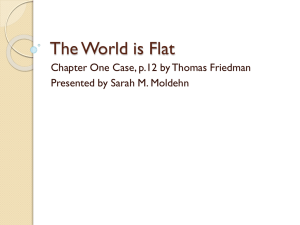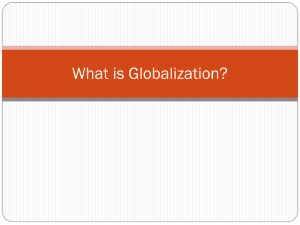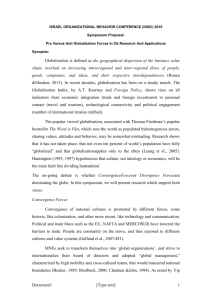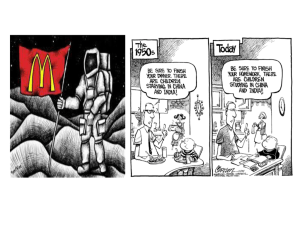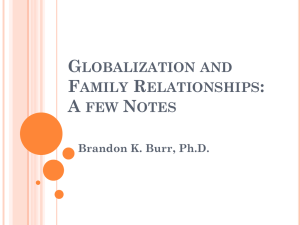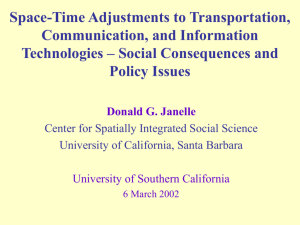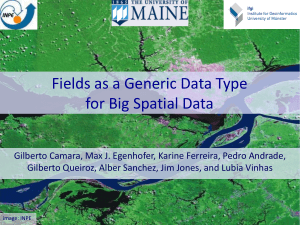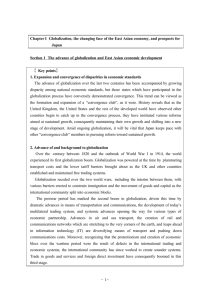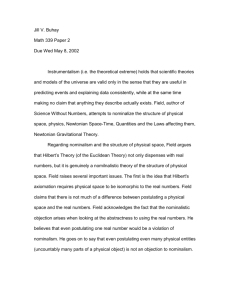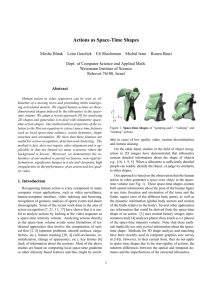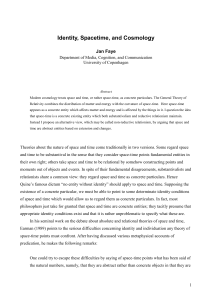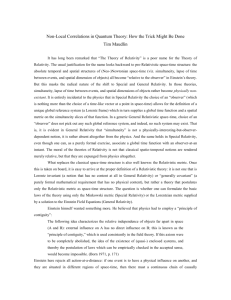Chapter 9: Creating A Global Economy PowerPoint Lecture Slides
advertisement
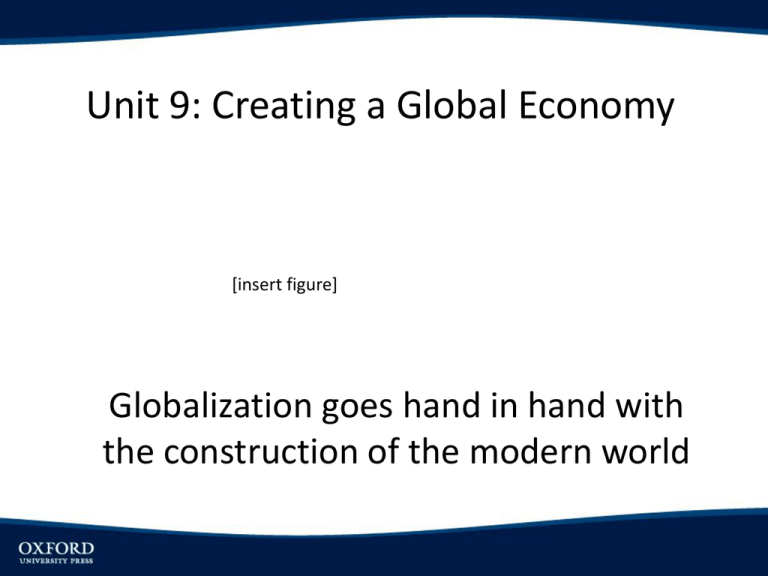
Unit 9: Creating a Global Economy [insert figure] Globalization goes hand in hand with the construction of the modern world OBJECTIVES • Demonstrate that globalization has had diverse impacts on societies and places • Discuss technological innovations that have collapsed some the effects of distance and how they have reshaped economic geographies • Explain why the space-time convergence is accelerating • Examine the three waves of globalization and the unevenness of the space-time convergence Space-Time Convergence: the collapse of the time it takes to cover distance • Technological advances, especially communications and transportation, have spurred the compression • When transportation costs are high, only high-end goods can be traded • Early navigation led to a concentration of economic activities in coastal regions • Sea-going vessels, railways, and canals each successively cut time and costs of transport Space-time convergence between Boston and New York, showing different modes of transportation. (Fig 9.3) Space-Time Convergence • Each convergence destroys old geographies and creates new ones • Containers and the massive container ships have boosted global trade • Older ports and canals can’t handle the largest of the container ships, so newer docks are created further downstream • Information is vital in mature economies, and communications drive convergence Before the Erie Canal opened in 1825, it could take up to 20 days to travel between New York City and Buffalo. After the canal opened, it took less than 4 days. (Fig 9.2) Space-time connections of London. (Fig 9.4) Three Waves of Globalization First Wave – 1492: The Columbian Encounter • Regional empires became global • Biotic transfer: • Horses and wheat from Old World to New • Turkey and tomatoes from New World to Old • Disease decimated native populations • Demographic holocaust led to imported labor • Slavery united Africa, Europe, and Americas Three Waves of Globalization Second Wave—1865-1970 • Lower tariffs, international labor market, and greater capital mobility increased connectivity • Telegraph, railways, steamships, and canals produced uneven development • WWI, Great Depression, and WWII shocked the system • After WWII, regional alliances and international organizations (IMF, UN) were formed Three Waves of Globalization 3rd Wave—1970 to today • Global production chains and deregulated financial system • Containerization standardized the system and eliminated break-of-bulk • steep drop in transportation cost • Spatial shift in manufacturing The Panama Canal, completed in 1914, reduced the distance between the Atlantic and Pacific Oceans. (Fig 9.6) A Flat World? • Differences are being smoothed through globalization (Thomas Friedman’s book The World is Flat) • Cheap labor, exports, and manufacturing are not enough to create developmental equality • Dependable infrastructure, transportation links, and political stability are prerequisites for long term entrance to the global core • Globalization creates both homogeneity AND spatial difference • The world’s topography is more varied than flat CONCLUSION • Globalization has had diverse impacts on societies and places • Technological innovations in transportation and communication have collapsed some of the effects of distance and have reshaped economic geographies • Globalization is accelerating the space-time convergence • The three waves of globalization have created an unevenness of the space-time convergence


